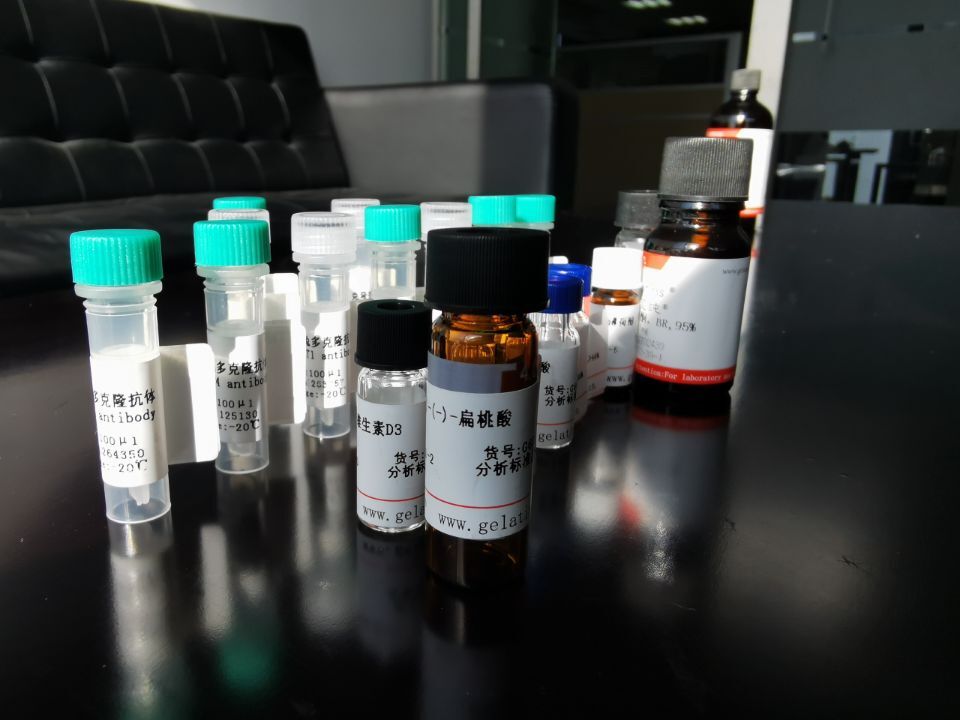英文名称: RNF146 Antigen (Recombinant Protein)
|
Full name: |
ring finger protein 146 |
|
Swissprot: |
Q9NTX7 |
|
Gene Accession: |
BC008235 |
|
Purity: |
>85%, as determined by Coomassie blue stained SDS-PAGE |
|
Expression system: |
Escherichia coli |
|
Tags: |
His tag C-Terminus, GST tag N-Terminus |
|
Background: |
E3 ubiquitin-protein ligase that specifically binds poly-ADP-ribosylated (PARsylated) proteins and mediates their ubiquitination and subsequent degradation. May regulate many important biological processes, such as cell survival and DNA damage response. Acts as an activator of the Wnt signaling pathway by mediating the ubiquitination of PARsylated AXIN1 and AXIN2, 2 key components of the beta-catenin destruction complex. Acts in cooperation with tankyrase proteins (TNKS and TNKS2), which mediate PARsylation of target proteins AXIN1, AXIN2, BLZF1, CASC3, TNKS and TNKS2. Recognizes and binds tankyrase-dependent PARsylated proteins via its WWE domain and mediates their ubiquitination, leading to their degradation. Different ubiquitin linkage types have been observed: TNKS2 undergoes ubiquitination at 'Lys-48' and 'Lys-63', while AXIN1 is only ubiquitinated at 'Lys-48'. May regulate TNKS and TNKS2 subcellular location, preventing aggregation at a centrosomal location. Neuroprotective protein. Protects the brain against N-methyl-D-aspartate (NMDA) receptor-mediated glutamate excitotoxicity and ischemia, by interfering with PAR-induced cell death, called parthanatos. Prevents nuclear translocation of AIFM1 in a PAR-binding dependent manner. Does not affect PARP1 activation (By similarity). Protects against cell death induced by DNA damaging agents, such as N-methyl-N-nitro-N-nitrosoguanidine (MNNG) and rescues cells from G1 arrest. Promotes cell survival after gamma-irradiation. Facilitates DNA repair. |
 购物车
购物车 帮助
帮助
 021-54845833/15800441009
021-54845833/15800441009
